
Entering a new market can be daunting for any business, especially in the fast-changing and competitive global environment. However, with the right market entry strategy, you can overcome the challenges and seize the opportunities a new market offers.
Different markets may require different approaches and tactics depending on the industry, product, customer, and environment. Moreover, market conditions and customer preferences may change, requiring the business to adapt and innovate.
While many companies succeed at developing a new market entry strategy, it isn’t always easy. Approximately 50% of businesses experience failure within the initial five years, and only 35% will make it ten years or more.
What is a Market Entry Strategy?
A market entry strategy is a plan that outlines how a business will enter and establish itself in a new market. It covers market research, competition analysis, regulatory hurdles, resource allocation, cultural and language barriers, adapting business models, building local networks and partnerships, consumer behavior understanding, risk management, and measuring success and return on investment (ROI).
A well-designed market entry strategy can help you achieve your business goals, such as increasing market share, enhancing brand awareness, generating revenue, and creating value for your customers. On the other hand, a poorly executed market entry strategy can result in wasted resources, missed opportunities, and damaged reputation.
To avoid common mistakes in business entry strategy, follow the below tips.
Tip 1: Conduct Thorough and Data-Driven Market Research
Before entering a new market, conducting thorough market research and competitive analysis is essential to understand the market potential, opportunities, challenges, and risks.
Use primary and secondary data sources like surveys, interviews, focus groups, and online platforms. Regularly update this research to stay informed about the latest market trends.

- Market size and growth: How big is the market, and how fast is it growing? What are the key drivers and barriers to market growth? What are the market segments and niches offer the most potential for your product or service?
- Market demand and customer needs: What are the pain points and needs your product or service can solve or satisfy? What are the customer preferences, behaviors, and expectations regarding quality, price, convenience, and value? How can you differentiate your product or service from the existing or potential competitors?
- Market competition and positioning: Who are your direct and indirect competitors, and what are their strengths and weaknesses? How do they position themselves in the market, and what are their unique selling propositions? How can you set your product or service in the market, and what are your competitive advantages?
- Market regulations and standards: What are the legal, regulatory, and ethical requirements and standards that you need to comply with in the market? How do they affect your product or service development, distribution, pricing, and promotion? How can you ensure that your product or service meets or exceeds the market regulations and standards?
- Market culture and norms: What are the cultural, social, and economic factors influence the market and customer behavior? How do they affect your product or service design, communication, and delivery? How can your product or service adapt to the local market culture and norms?
Tip 2: Choose The Right Market Entry Mode
Choosing the right market entry mode shapes your new market approach, affecting control, risk, and investment. Export, licensing, franchising, joint ventures, alliances, mergers, and greenfield investments have distinct advantages and disadvantages.
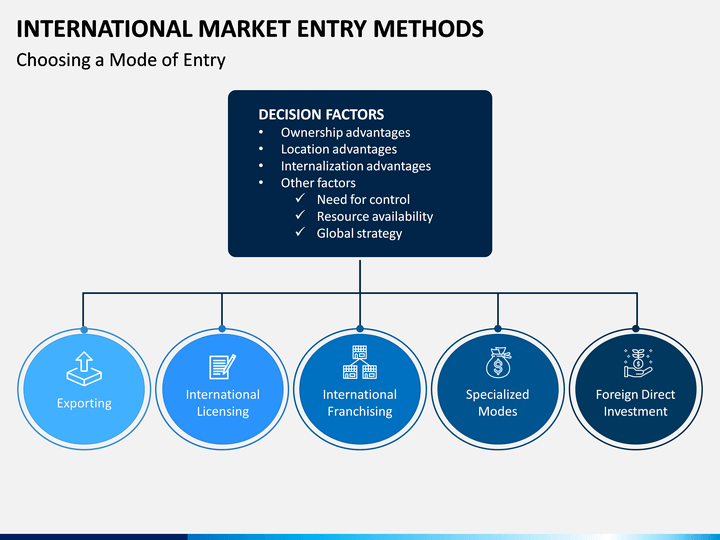
Image source: Trade Horizons
Evaluate your business goals, resources, risk tolerance, and market specifics—competition, regulation, and cultural distinctions—to make an informed decision. Consider a joint venture or strategic alliance in a highly competitive market; a greenfield investment may provide more control and autonomy in a less competitive, regulated setting.
Criteria for selecting a market entry mode and partner include:
- Market access and coverage: How easy or difficult is it to enter and reach the target market and customers with the chosen mode and partner? How extensive and effective is the distribution network and channel of the selected partner? How much market share and penetration can the business achieve with the chosen mode and partner?
- Market control and influence: What control does the business have over product development, pricing, promotion, and quality with the chosen mode and partner? How much autonomy and flexibility exist for the company to adapt and innovate in the market with the selected mode and partner? How much information and feedback does the business receive from the market and customers with the chosen mode and partner?
|
Stuck on Market Entry Challenges? Discover proven methods and learn the strategies that will help you outperform your competitors from day one. |
- Market risk and uncertainty: How much risk and uncertainty does the business face in the market with the chosen mode and partner? How vulnerable is the business to market fluctuations, competition, regulations, and culture with the selected mode and partner? How much liability and responsibility does the business bear in the market with the chosen mode and partner?
- Market investment and return: How much investment and resources must the business allocate to the market with the chosen mode and partner? How long does the business recover the investment and generate a positive return with the selected mode and partner? How profitable and sustainable is the company in the market with the chosen mode and partner?
Tip 3: Develop A Market Entry Plan And Execute It
After choosing the optimal market entry mode, the next step is to execute a detailed market entry plan. This document outlines objectives, strategies, tactics, and actions for establishing the business in the new market. Regular monitoring and evaluation are crucial to track progress and make necessary adjustments.

The plan should include a timeline, budget, and contingency measures to ensure a smooth and successful execution, covering key aspects such as:
- Product or service strategy: How will the business adapt its product or service to meet market and customer needs? How will it ensure quality, safety, and reliability? What strategies will the business use to differentiate its offering, creating a unique value proposition in the market?
- Pricing strategy: How will the business set the price of its product or service in the market? How will the company balance the cost, value, and demand factors in the pricing decision? How will the business respond to the price changes and competition in the market?
- Promotion strategy: How will the business communicate and promote its product or service to the market and customers? What are the marketing objectives, messages, and channels the company will use? How will the business measure and evaluate the effectiveness of its marketing efforts?
- Distribution strategy: How will the business distribute its product or service to the market and customers? What are the distribution modes, channels, and partners will the business use? How will the business manage and optimize the distribution process and costs?
Tip 4: Build Local Networks And Partnerships
Customize your business model and online marketing strategy. Tailor products, services, pricing, distribution, and promotion to local needs and preferences.
Building local networks and partnerships requires careful selection, negotiation, and management of partners, fostering mutual trust, respect, and commitment. Align goals, values, and expectations, ensuring a transparent and fair division of roles and benefits.
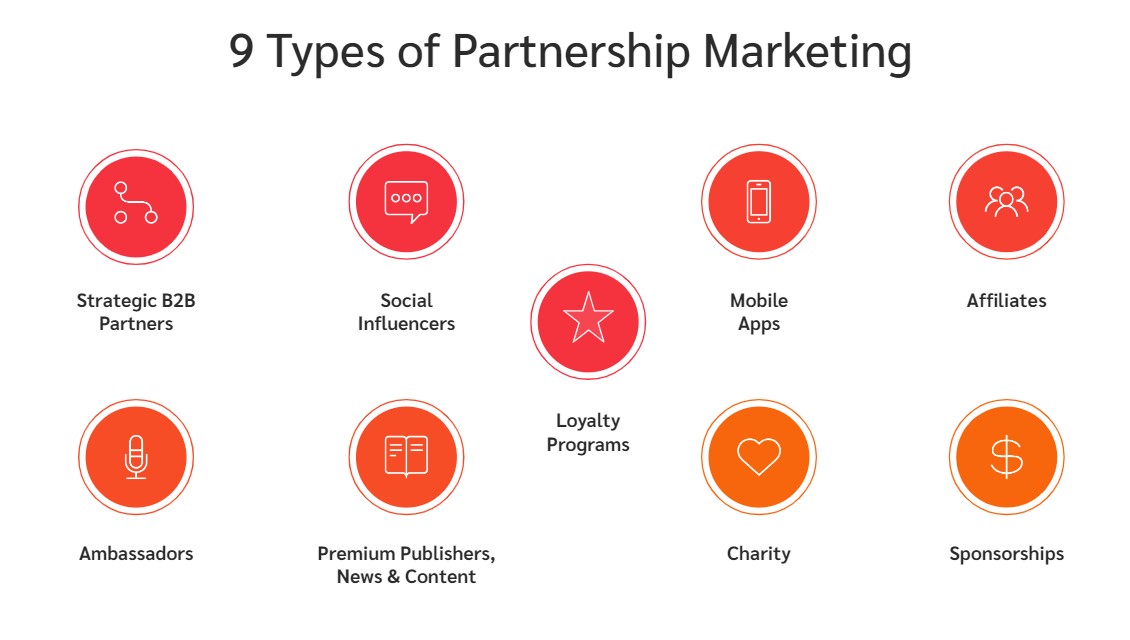
Establishing robust local networks enables you to navigate challenges and capitalize on opportunities in the new market, including:
- Accessing the market, such as the distribution channels, customers, suppliers, and influencers, may take time and effort.
- Reducing the risk associated with market entry, such as the political, economic, and competitive risk, by providing you with local knowledge, expertise, and support.
- Enhancing the reputation and credibility in the new market by associating yourself with trusted and respected local entities, such as the government, industry associations, media, and social groups.
- Creating value for your customers and stakeholders by enabling you to offer better products and services, lower prices, faster delivery, and higher quality.
Tip 5: Build A Strong Brand And Reputation In The Market
A strong brand and reputation can help attract leads, retain customers, differentiate from competitors, and foster loyalty and trust. They also help overcome challenges and risks associated with entering a new market, such as lack of awareness, acceptance, and credibility.
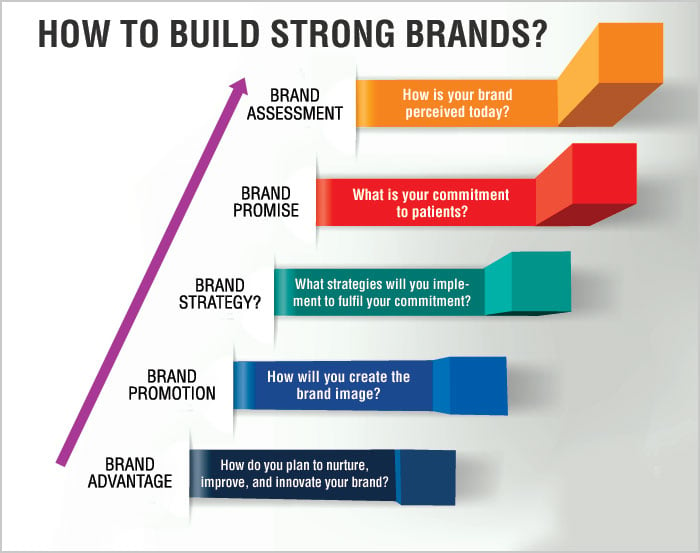
- Define and communicate its brand identity and value proposition: Define and communicate a clear brand identity and value proposition, articulating what sets the business apart. Ensure consistency across all products, services, and touchpoints to reinforce the brand's message and uniqueness.
- Create and deliver a superior customer experience: Consistently provide an exceptional customer experience, surpassing expectations at every stage of the customer journey—pre-purchase, purchase, and post-purchase. This involves actively seeking and implementing customer feedback to enhance satisfaction and foster loyalty.
- Leverage the social media and online platforms: Leverage social media and online platforms for cost-effective outreach. Share engaging content—blogs, videos, podcasts, and testimonials. Cultivate relationships with customers, influencers, and stakeholders while proactively managing your online reputation.
Tip 6: Understand And Adapt To The Cultural Nuances Of The Market
Cultural nuances are the subtle and often unspoken differences in values, beliefs, norms, and behaviors that exist among different groups of people in a market. They can affect the market and customer behavior, product or service design, communication, and delivery.
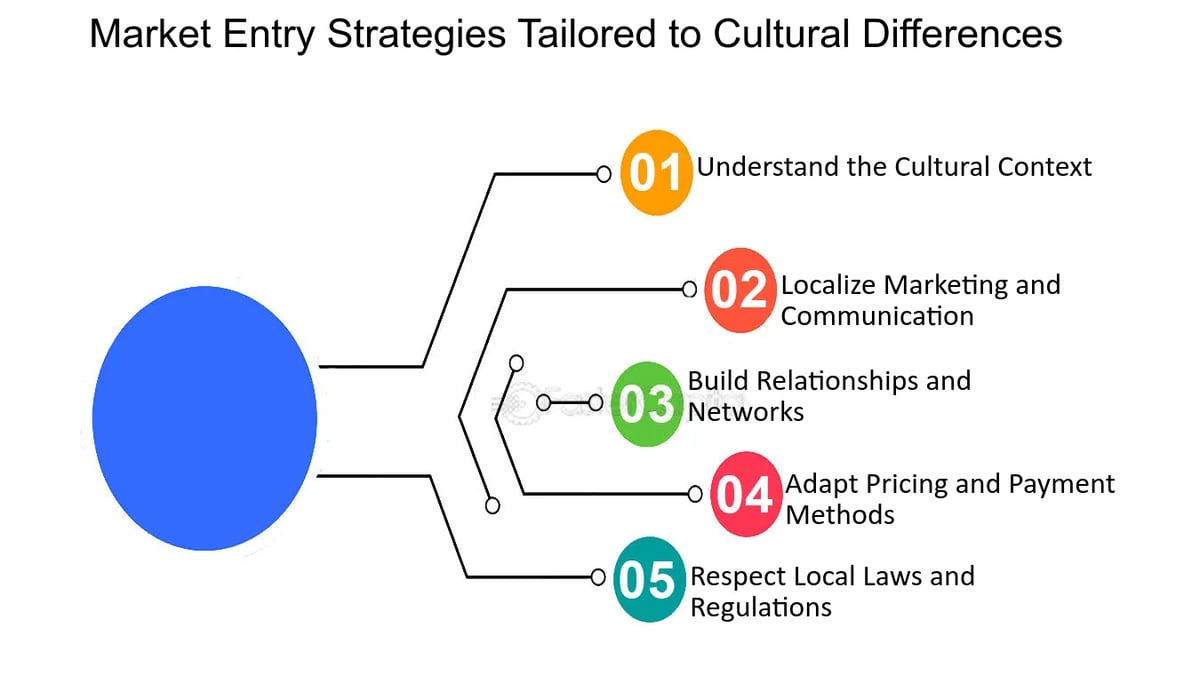
- Conduct hands-on cultural research: Immerse in the market by experiencing the culture firsthand. Visit, observe customer behavior, interact with locals, and participate in cultural activities. Seek insights from local experts, including market entry partners, influencers, and thought leaders.
- Utilize tools for cultural understanding: Use CultureCompass, an online platform for in-depth analysis of cultural dimensions and values in various countries and regions. This tool helps understand cultural similarities and differences between your home market and the new one, identifying potential opportunities and challenges stemming from cultural gaps. It’s a handy solution, especially when building a market entry strategy in international business.
- Learn from the case studies and examples: Learn from other businesses' experiences entering new markets, including foreign market entry, studying their stories and lessons on dealing with cultural nuances. Analyze best practices and common mistakes in cultural adaptation and apply them to enhance your market entry strategy and activities.
|
Looking to Enter a New Market? Learn practical approaches and dive into practical strategies for entering new markets with minimal risk. |
Tip 7: Innovate And Adapt To The Market Changes And Needs
Innovation and adaptation can help the business stay ahead of the competition, meet customer demands, and cope with market challenges and risks. Innovation and adaptation can also help the company create and capture new opportunities and value in the market.
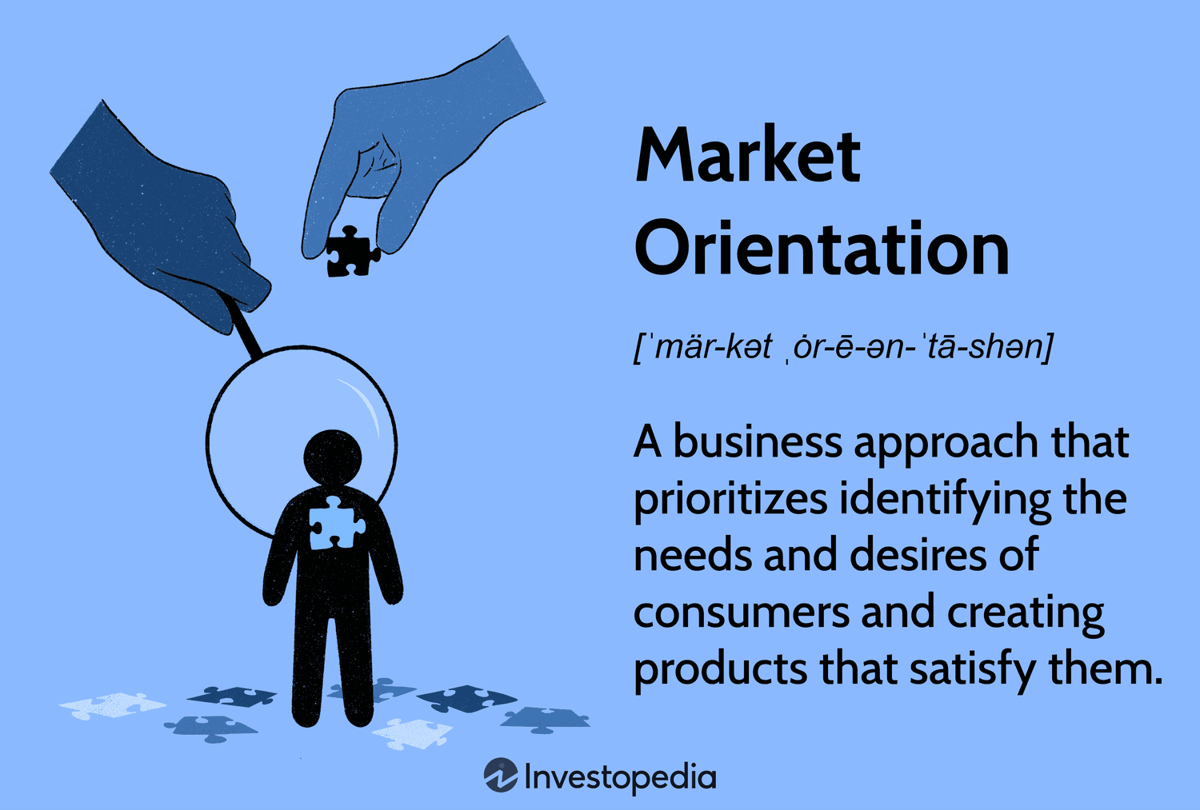
- Conduct continuous market research and analysis: Stay updated on current market trends, including customer preferences, behaviors, expectations, and competitor actions. Identify market gaps and unmet needs, providing opportunities for innovation and value creation not addressed by existing or potential competitors.
- Develop and test new or improved products or services: Develop and test new or improved products/services to address market gaps and needs, providing a unique value proposition and competitive advantage. Employ agile and lean methods, like minimum viable product (MVP), rapid prototyping, and customer validation, to ensure market feasibility, desirability, and viability.
- Implement and evaluate the market entry performance and outcomes: Measure the effectiveness and efficiency of your market entry strategy using key performance indicators (KPIs) like market share, penetration, growth, profitability, customer satisfaction, loyalty, and retention. Employ feedback and learning loops such as the plan-do-check-act (PDCA) cycle, build-measure-learn (BML) cycle, and observe-orient-decide-act (OODA) loop to review and enhance your market entry strategy and activities continually.
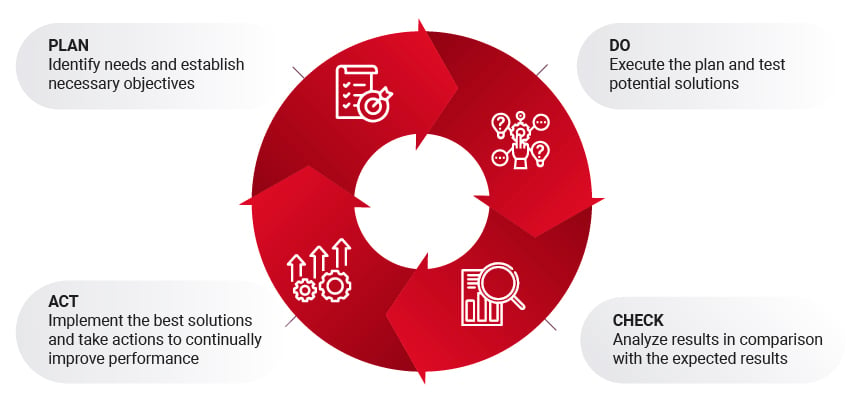
Tip 8: Learn From The Experienced Entrepreneurs Who Have Entered The New Market
Experienced entrepreneurs can provide valuable insights and advice on entering and establishing themselves in a new market based on their trials and errors, successes and failures, and lessons learned. They can offer further entrants support, guidance, connections, and resources.
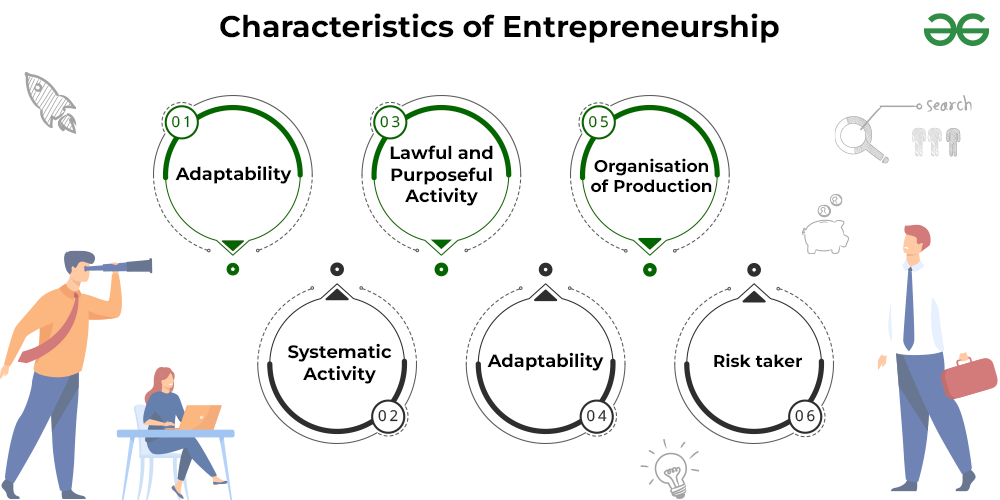
- Value the insights and wisdom of experienced entrepreneurs: Learn from entrepreneurs who have gone through the market entry process and have faced market challenges and risks. Listen to people who share their market entry stories and strategies, market insights and analysis, and market tips and tricks.
- Network and connect with experienced entrepreneurs: Engage with experienced entrepreneurs for support, guidance, connections, and resources. Attend market events like trade shows and conferences and participate in online communities and platforms where experienced entrepreneurs communicate and collaborate.
- Leverage platforms for meaningful connections: Use platforms like Shapr, a mobile app connecting professionals based on interests and location, to find experienced entrepreneurs in the new market for mentorship, partnership, or friendship. Exchange ideas, feedback, and opportunities to build lasting relationships.
Tip 9: Measure Your Success and ROI
Measuring your success and ROI is the final tip for your market entry strategy. It helps you evaluate the performance and outcomes of your market entry efforts and identify the areas of improvement and optimization.

- Market share
- Revenue
- Profit
- Customer satisfaction
- Brand awareness
- Customer retention
Also, track and analyze the data and feedback you collect from your market entry activities, such as sales, costs, customer reviews, and market trends.
Compare your actual and expected results and determine the gap and its reasons. You need to identify the strengths and weaknesses of your market entry strategy and the opportunities and threats the market poses. Also, adjust and refine your market entry strategy accordingly and implement the necessary changes and actions.
Crafting Your Path to Success in a New Market
Entering a new market can be rewarding but challenging for any business. It requires careful planning and execution. However, with the right market entry strategy, you can overcome the challenges and seize the opportunities a new market offers.
Need any assistance or guidance with your market entry strategy? Contact us - we’re here to help!
|
Stuck on Market Entry Challenges? Discover proven methods and learn the strategies that will help you outperform your competitors from day one. |







